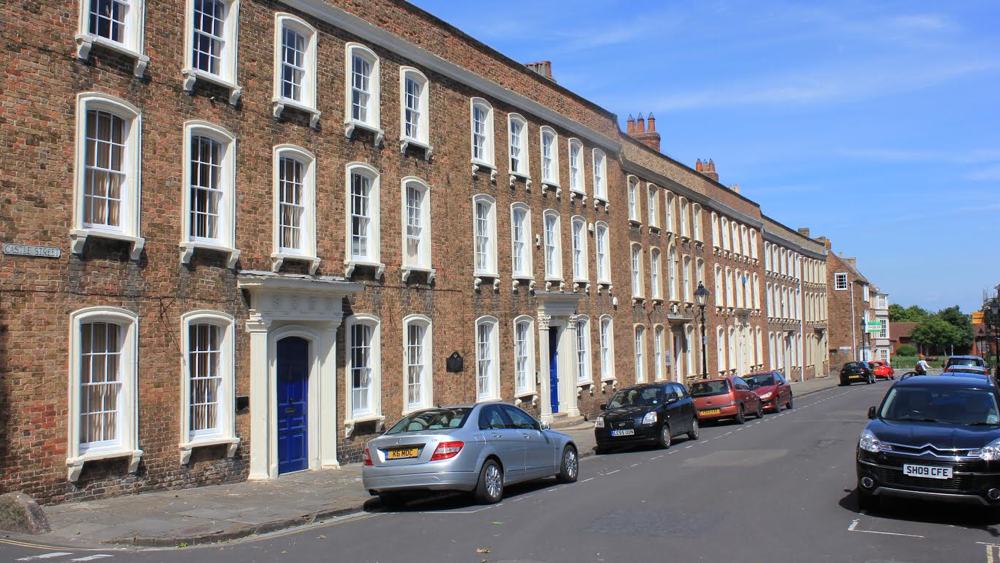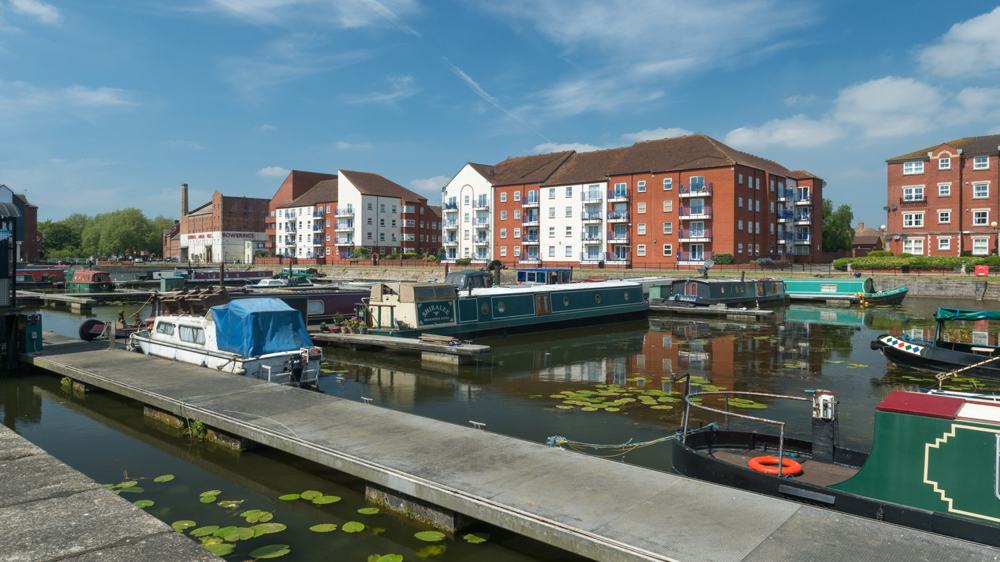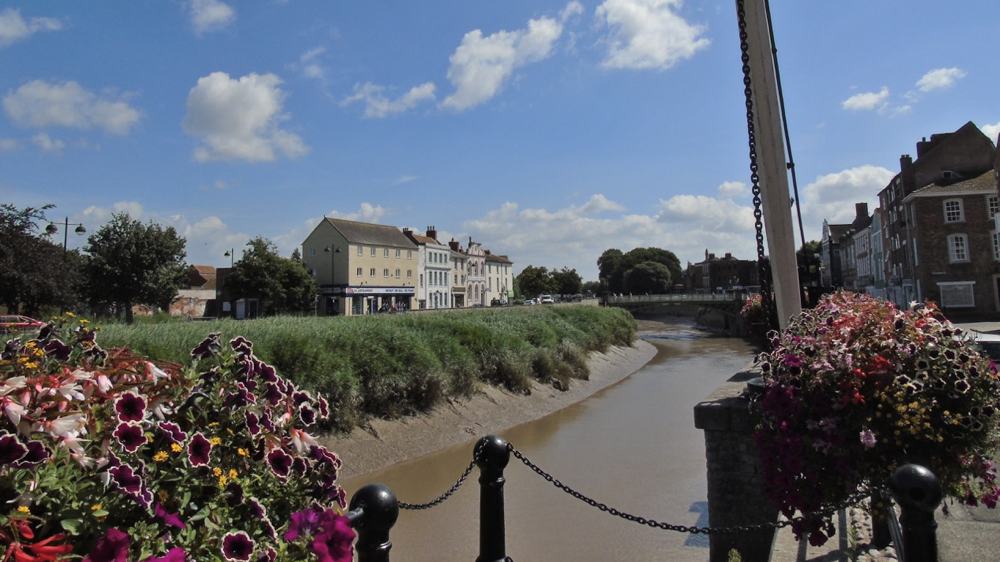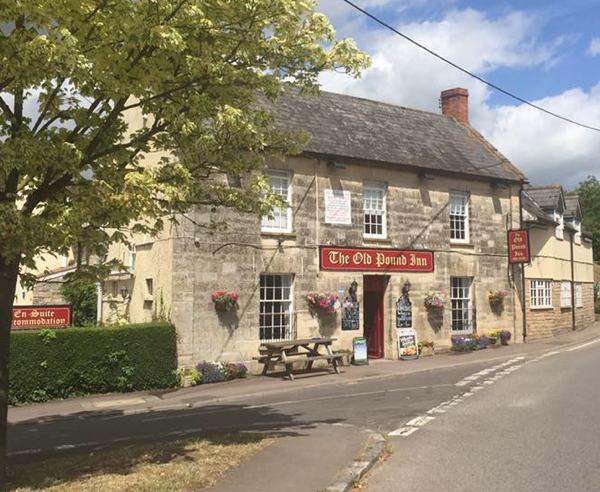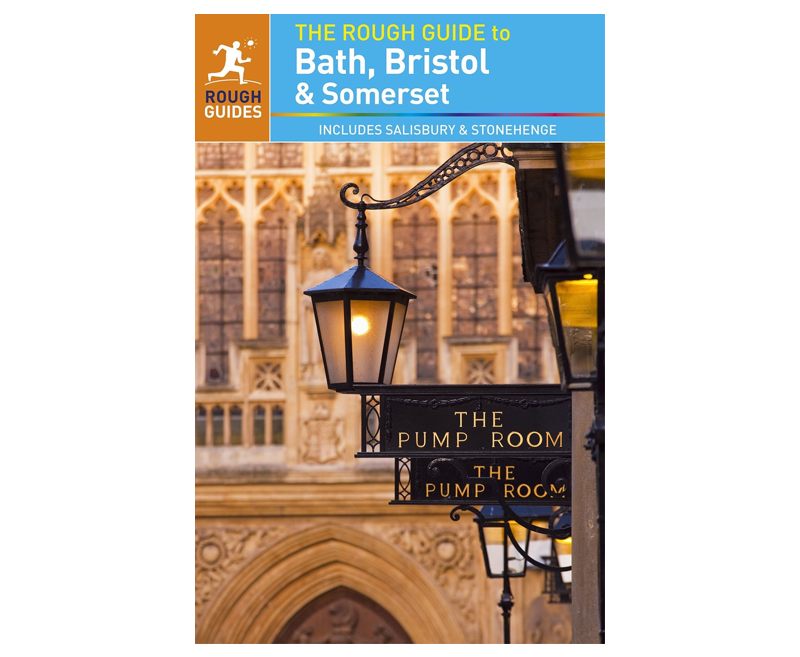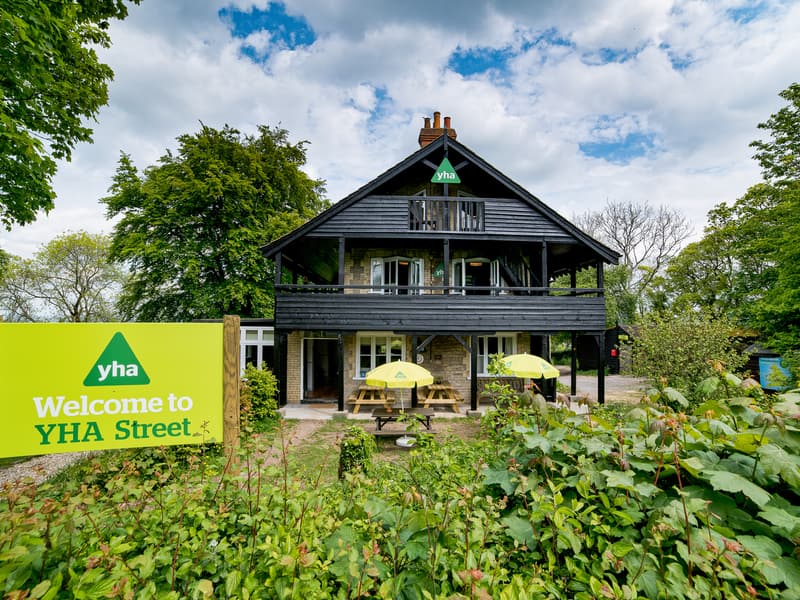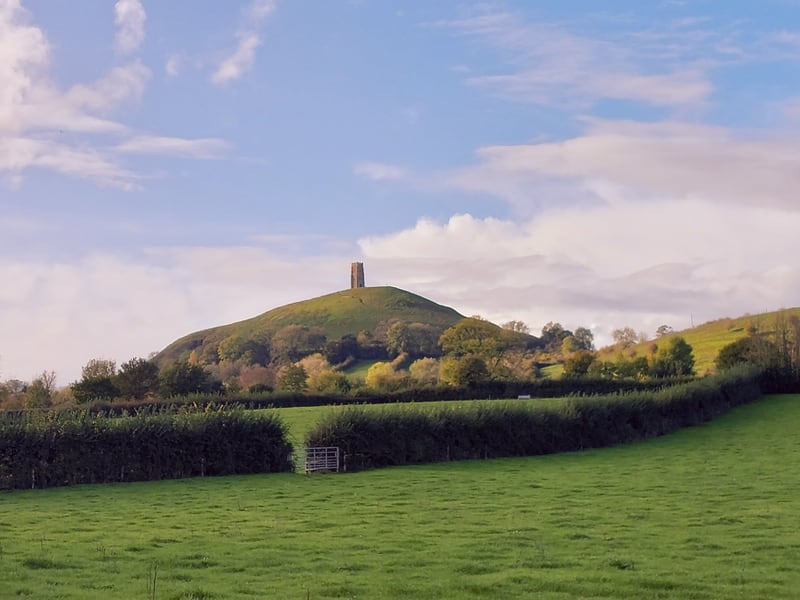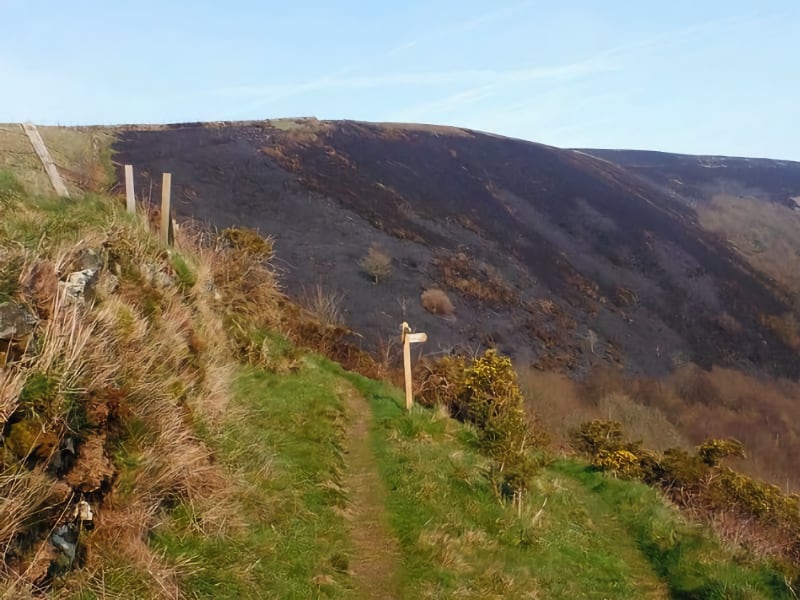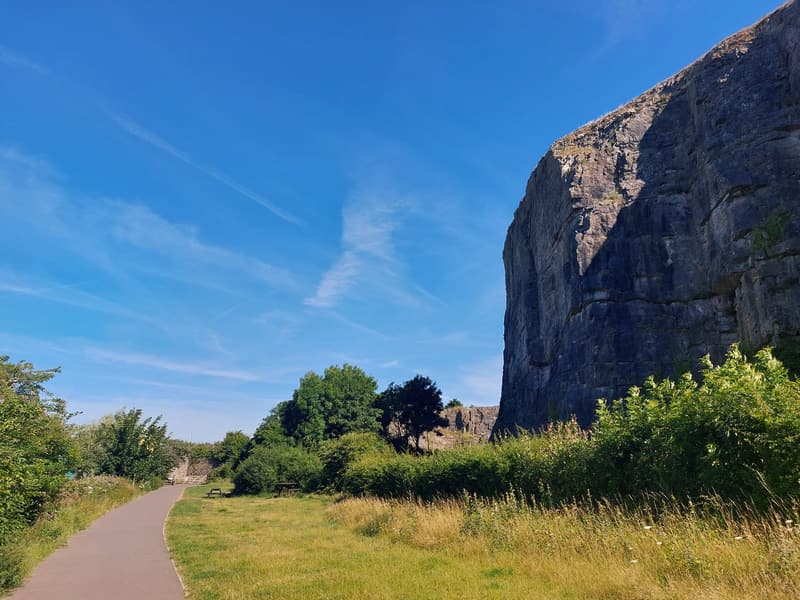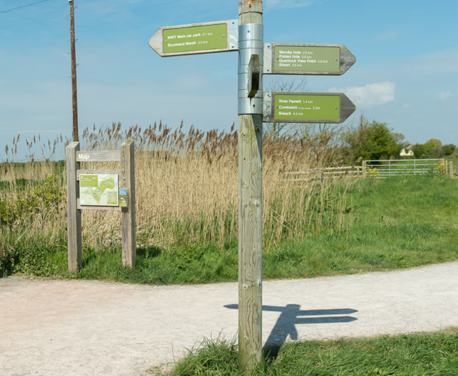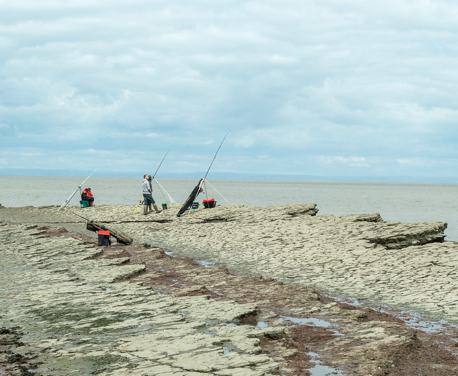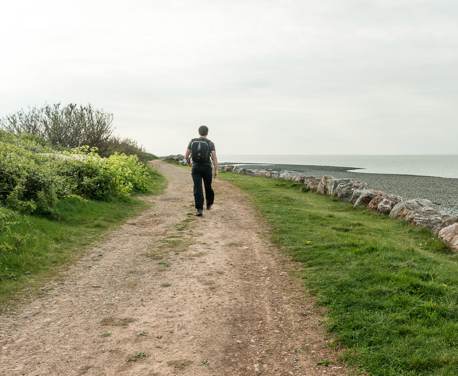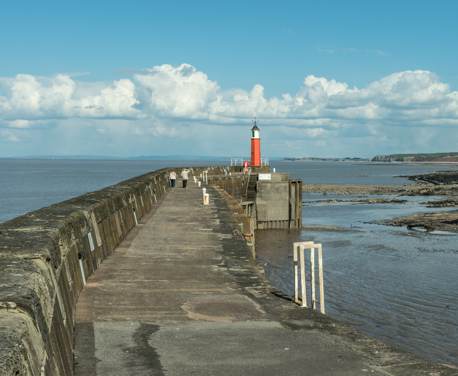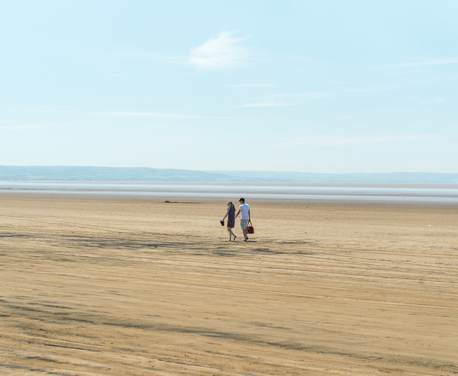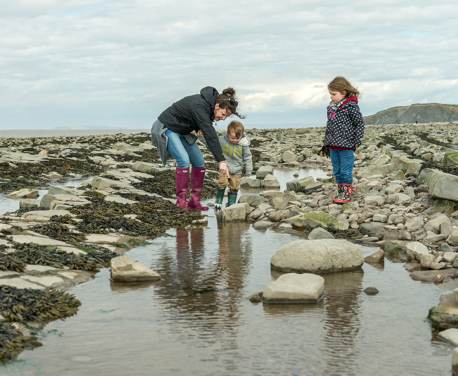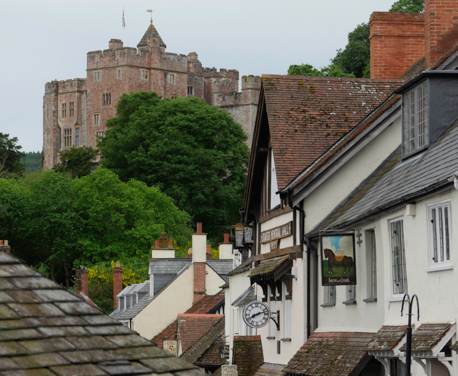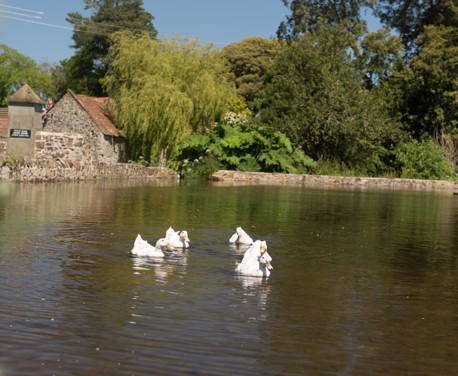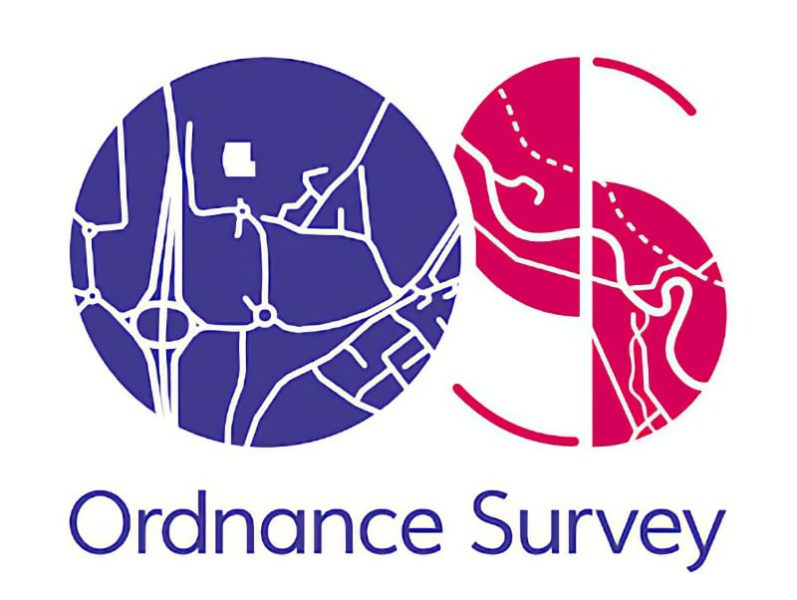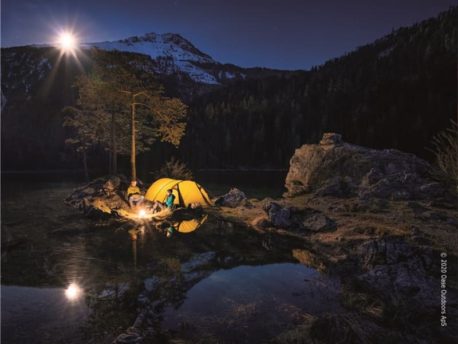Click to zoom …
Walk Details
This is an easy, flat walk for all to enjoy.
Bridgwater was a flourishing medieval port, one of the largest in England, with a formidable castle to protect it and many lucrative businesses.
Trade imports included wine, paper, glass, spices and other luxury goods, while exports included livestock and cereal crops, pottery goods, leather and most principally wool. This latter is said to have paid for all the magnificent decorated Somerset Church towers.
Traders soon learnt that cloth was more profitable than wool so the raw material was locally converted into cloths bearing the names of the towns that they originated.
As the ships got bigger and could not negotiate the narrower stages of the river a Dock was built in 1841 and traded mainly in Bricks and Tiles out and coal and raw materials in. It thrived, with international commerce, until 1971 when trade had declined here in favour of the deep dock at Avonmouth.
The town is still a commercial and trade distribution hub for Somerset and the South West. It hosts the world famous Bridgwater Carnival in November each year and St. Matthew’s Fun and Livestock Fair in September annually.
Whether you approach Bridgwater from the west or east you converge onto the Saltlands Bridge in the town which you would normally cross and exit on either side to continue the England Coast Path. For this alternative walk you will need to cross the road, cautiously, and reach the right hand side facing you and enter an underpass. From here follow the directions below.
From the underpass walk along the pavement with the River Parrett on your left and continue until you reach railings that mark the beginning of Bridgwater Docks. Turn right at the railings, over the footbridge and then immediately right towards the road. Pass the traffic lights and carefully cross the road and between the two stone pillars and head for the recently restored red, white and black buoy. Continue straight on with Bridgwater Docks, which is now a marina, on your right.
Once you go under the building on columns, noting the brick sofa that celebrates Bridgwater’s Brick and Tile Industries, turn left onto the footpath. Cross the road, with care, and follow the path straight ahead with the recreation ground on your right. Cross again, with care, at the striped designated crossing point and continue on this path until you reach the pedestrian crossing on Mount Street. Just before you get to the crossing there is an interpretation board on your right providing information about the history of Bridgwater.
Go straight on through Angel Crescent turning left then immediately right into The Avenue Arcade until you reach the road. On reaching the High Street, cross the road and enter a small alley that leads to St. Mary’ Church, with its magnificent lofty spire. Outside there is an interpretation panel of the bloody Monmouth Rebellion. Turn left to reach St. Mary Street, where you carefully cross the road and bear right. Follow this street until you reach a cross roads where you turn left. Passing the elegant Unitarian Chapel turn right into Blake Street to visit the Blake Museum.
Bridgwater’s rich commercial and mercantile history and often bloody political history is celebrated in the Blake Museum, birthplace of one of England’s greatest naval heroes Admiral Robert Blake, of whom Nelson said “I am not the equal…..”
On leaving the Museum retrace your footsteps and carry straight on towards Fore Street and the town centre. On reaching Fore Street, turn right and then after a very short while right and head toward an impressive white building that used to be the Town Court. Bear to the right past Castle House (nothing to do with the Castle but an 1851 exponent of concrete building) and on into Castle Street.
The architectural historian, Sir Nicholas Pevsner, called this “the best Georgian Street in Somerset.” It is home to Bridgwater Arts Centre, the oldest in England funded by the Arts Council and on the site of the medieval castle. Turn right towards the River Parrett and this will bring you onto West Quay where you turn left to follow the river past the last remaining stretch of castle wall and a magnificent Baroque Mansion, the Lions.
From West Quay follow the pavement with the River on your right until you reach the road. You will be going straight ahead on the path on the other side of the road but need to cross the road the traffic lights on your right with extreme caution as it is a busy road. Continue on the path through the staggered barrier with the River on your right. At this point you will see the Black (or Telescopic) Bridge, designed by I. K. Brunel to move aside to accommodate sailing ships wishing to berth further upstream. At the end of the path turn left then immediately right and you are back in the Dock area. Retrace your steps back keeping the river on your right.
All information correct at the time of publication.
 Nearest Train (or tube) Station(s):
Nearest Train (or tube) Station(s):
Bridgewater, Taunton


